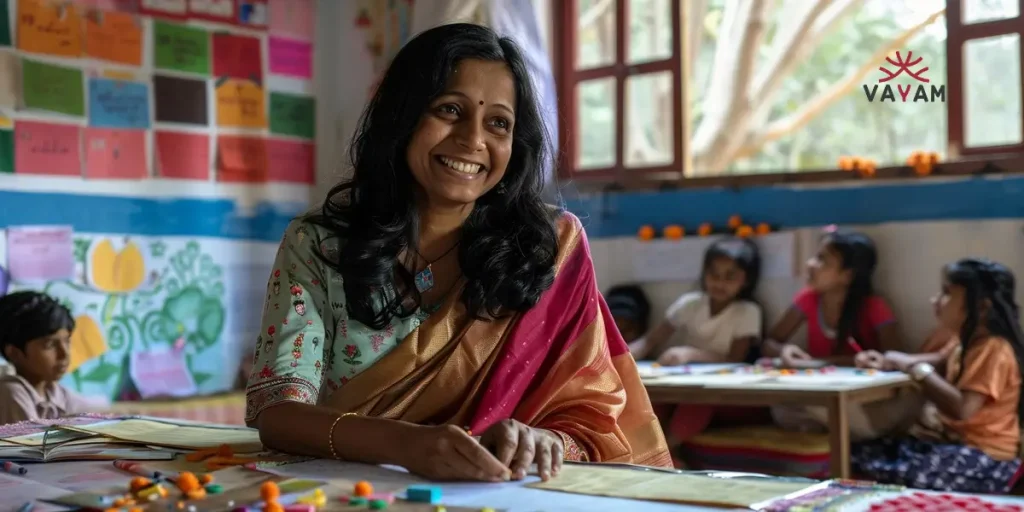
Education is the foundation of a better future, yet millions of children in India still lack access to quality schooling. The Right to Education (RTE) Act, passed in 2009, was a landmark step toward ensuring that every child between the ages of 6 and 14 has the right to free and compulsory education. However, many parents and guardians remain unaware of how to access this benefit for their children.
In this blog, we’ll walk you through everything you need to know about the Right to Education in India, how to apply for free schooling, and why this opportunity is a game-changer for families across the country.
What is the Right to Education (RTE) Act?
The Right to Education Act is a legal framework that makes education a fundamental right for every child in India. It mandates that:
Every child between 6 and 14 years of age has the right to free and compulsory education.
Private schools must reserve 25% of their seats for children from economically weaker sections (EWS) and disadvantaged groups.
Schools cannot charge capitation fees or conduct interviews for admission.
This act was designed to bridge the gap between privileged and underprivileged children, ensuring that no child is left behind due to financial constraints.
Why is the Right to Education Important?
Education is more than just learning to read and write. It’s a tool that empowers individuals, breaks the cycle of poverty, and opens doors to better opportunities. Here’s why the RTE Act matters:
- Equal Opportunities for All: The RTE Act ensures that children from low-income families can access the same quality education as their peers.
- Reducing Dropout Rates: By making education free and compulsory, the act helps reduce the number of children who drop out of school due to financial difficulties.
- Building a Brighter Future: Education equips children with the skills and knowledge they need to succeed in life, contributing to the overall development of the country.
Why Many Families Miss Out on RTE Benefits
Despite the Right to Education (RTE) Act’s noble intentions, many families fail to take advantage of it. Here are some common reasons:
- Lack of Awareness: Many parents, especially in rural areas, are unaware of the RTE Act and its provisions.
- Complex Application Process: The process of applying for free schooling under RTE can seem overwhelming, especially for those unfamiliar with online systems.
- Fear of Rejection: Some parents worry that their application will be rejected or that their child will face discrimination in private schools.
- Limited Seats: With only 25% of seats reserved under RTE, competition can be high, leading to disappointment for some families.
How to Apply for Free Schooling Under RTE
Applying for free schooling under the RTE Act is simpler than you might think. Here’s a step-by-step guide to help you through the process:
Step 1: Check Eligibility
To apply under RTE, your child must:
Be between 6 and 14 years old.
Belong to an economically weaker section (EWS) or a disadvantaged group (DG).
Step 2: Gather Required Documents
You’ll need the following documents to complete your application:
Proof of age (birth certificate or Aadhaar card).
Income certificate (to prove eligibility under EWS/DG).
Address proof (Aadhaar card, ration card, or utility bill).
Caste certificate (if applicable).
Step 3: Apply Online
Most states have an online portal for RTE admissions. Here’s how to apply:
- Visit the official Right to Education (RTE) portal for your state.
- Register with your mobile number and email ID.
- Fill in the application form with your child’s details and upload the required documents.
- Select your preferred schools from the list provided.
- Submit the application and note the application number for future reference.
Step 4: Wait for the Seat Allocation List
After the application deadline, the state education department will release a seat allocation list. If your child is selected, you’ll receive an admission offer from one of your chosen schools.
Step 5: Complete Admission Formalities
Once you receive the admission offer, visit the school with the required documents to complete the admission process.

Read More
Why Gender Equality Starts with Education Support the Cause Now
Why Baby Girls Are Still at Risk The Crisis No One Talks About
Tips for a Successful RTE Application
- Apply Early: Don’t wait until the last minute to submit your application. Early applications are less likely to face technical issues.
- Double-Check Documents: Make sure all your documents are accurate and up-to-date to avoid rejection.
- Choose Schools Wisely: Research the schools in your area and select ones that are convenient and well-regarded.
- Stay Updated: Keep an eye on the official RTE portal for updates on seat allocation and admission deadlines.
Success Stories: How RTE is Changing Lives
The Right to Education (RTE) Act has already transformed the lives of countless children across India. Here are a few inspiring stories:
Rahul’s Journey: Rahul, a 10-year-old from a small village in Uttar Pradesh, was able to secure admission to a prestigious private school under RTE. Today, he dreams of becoming an engineer.
Priya’s Triumph: Priya, a girl from a low-income family in Maharashtra, was the first in her family to attend school. Thanks to RTE, she’s now excelling in her studies and inspiring her younger siblings.
These stories are a testament to the power of education and the impact of the RTE Act.
Common Myths About RTE
There are several misconceptions about the Right to Education (RTE) Act that prevent families from applying. Let’s debunk some of them:
- Myth: Only government schools are covered under RTE.
Fact: Private schools are also required to reserve 25% of their seats for EWS/DG students. - Myth: The application process is too complicated.
Fact: With the right guidance, the process is straightforward and can be completed online. - Myth: Children admitted under RTE are treated differently.
Fact: Schools are legally bound to treat all students equally, regardless of how they were admitted.
What Can You Do to Spread Awareness?
If you know someone who could benefit from the RTE Act, share this information with them. Many families miss out simply because they don’t know about this opportunity. By spreading awareness, you can help more children access the education they deserve.
Conclusion: Every Child Deserves a Chance
The Right to Education Act is a powerful tool that can change lives and shape futures. If you’re a parent or guardian, don’t let this opportunity pass you by. Apply for free schooling under RTE today and give your child the gift of education.
Remember, education is not just a privilege—it’s a right. Let’s work together to ensure that every child in India has the chance to learn, grow, and succeed.
If you found this blog helpful, share it with your friends and family. Together, we can spread awareness about the Right to Education and help more children access free schooling. Have questions about the Right to Education (RTE) application process? Drop them in the comments below, and we’ll be happy to help!
